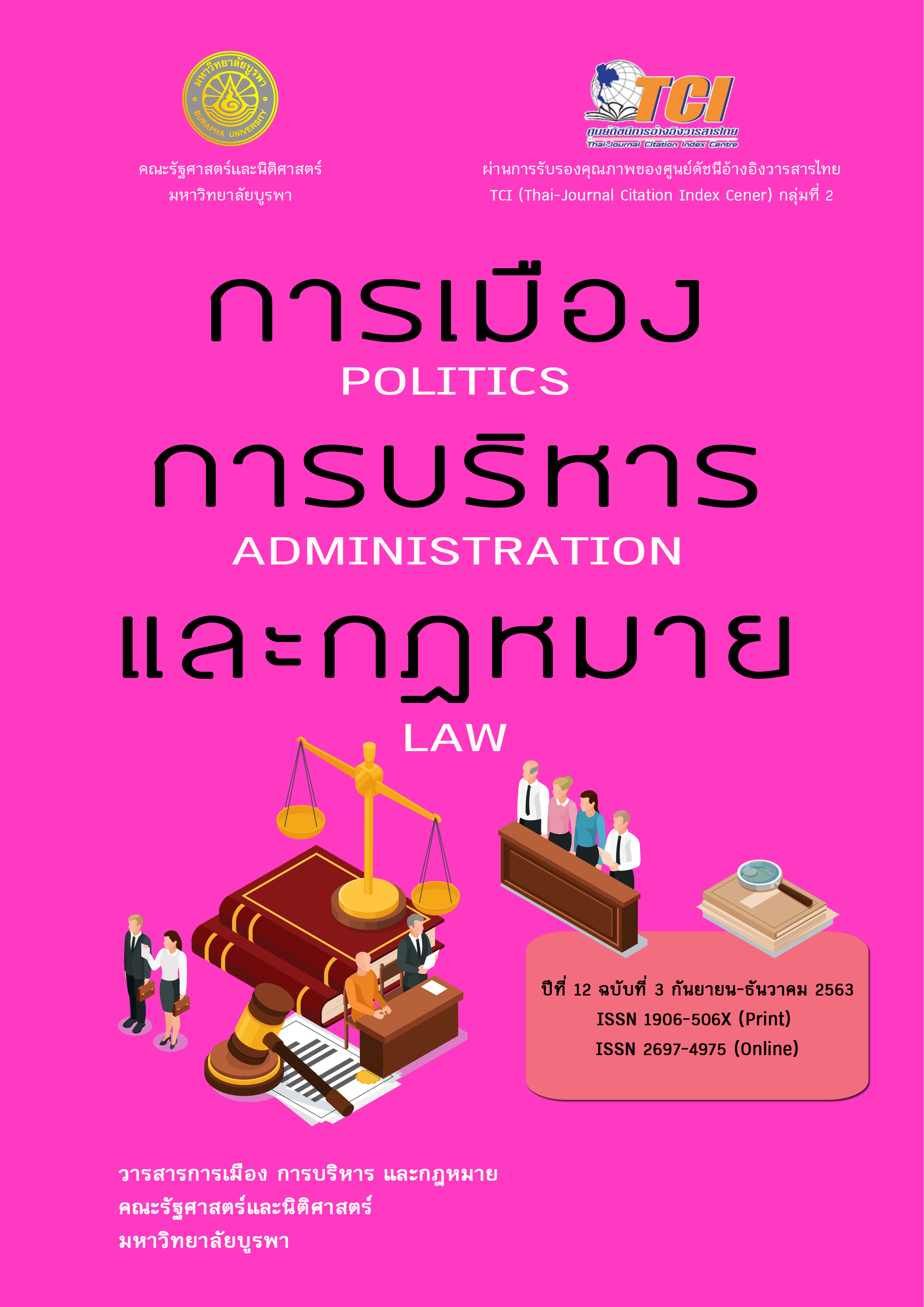The Struggling of Thailand National Security Strategic Formulation Model Affecting to Thailand National Military Strategy and the Way Out
Keywords:
National grand strategy, National security strategy, National defense strategy and national military strategyAbstract
This dissertation paper is about the Thai government must adopt a clearly defined process for developing and articulating from national grand strategy (NGS) to national military strategy (NMS). The focus arena of this qualitative research is mainly to build a model of making Thailand NMS (TNMS) and its connection. This process is particularly for the decision makers, strategy makers and policy makers at the highest level of the Royal Thai Armed Forces (RTARF). The problem is the non-existing of clearly defined Thailand national strategic formulation process, standard, or guidance. The reason that this research will be undertaken because there is no real strategic formulation process for the TNMS. This is a severe problem because TNMS is playing the primary role of the strategic framework for the RTARF. The research finding had found so many interesting ideas such as the Joint Operations Directorate (J-3) of the RTARF Head Quarters (RTARF HQ) is not the appropriate organization to take the full responsibility of making TNMS, the strategic formulation model should not be fixed but rather flexible, etc. The analytic and recommendation would drastically change the RTARF’s system of making strategies and policies such as the J-3 of the RTARF HQ might be able to perform just the duty of administrator to make the TNMS but could not be the main unit of making the TNMS. Therefore, the RTARF should have the professional unit for making strategy, especially TNMS. The RTARF HQ might need to set up the committee that could run by the very senior commander such as the deputy chief of defense force to produce, drive, monitor the implementation, measurement, review, make alteration and improve the TNMS every certain period of time or every significant change that get a significant impact to the TNMS, etc.
References
Doctrine for the Armed Forces of the United States. (2013). The United States Joint Chief of Staff. n.p.
Paul, B. E. (2009). Grand Strategy of the United States: A study of the Process. Virginia: The United States Air Force.
Perniyaka, S., Lieutenant General. (2011). The relationship between strategy and national security policy. Bangkok: Lieutenant General Surapol Perniyaka.
Richard, H. Y. (2012). Towards a theory of strategy: Art lykke and the army war college strategy model. Retrieved January 11, 2019, from http://www.au.af.mil/au/awc/awcgate/army-usawc/stratpap.htm
Robert, D. W. (2006). Orchestrating the instruments of power: A critical examination of the U.S. National Security System. Baltimore: Johns Hopkins University.
The Royal Thai Armed Forces. (2015). National military strategy. Bangkok: The Royal Thai Armed Forces. Bangkok: The Royal Thai Armed Forces.






